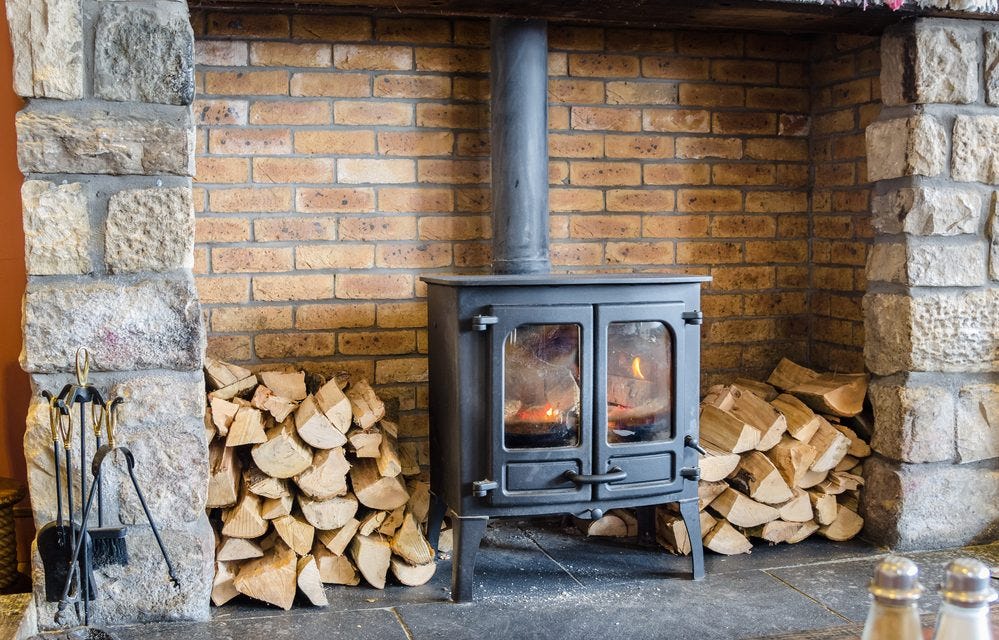Measurement of particulate subject emissions in grams per hour. Particulate Subject is a expensive term for air pollution and means little items of matter such as dust and soot that are halted in the air. Emissions testing is conducted in EPA-approved check laboratories utilising the EPA’s given protocol. When screening for emissions, a nailed-together “demand” of kiln-dried Pine is burned, and the particulate matter in the fatigue is tested through the entire period of several fires at numerous draft get a grip on settings. This way, the average grams/hour particulate emissions score is derived. Heat performance isn’t calculated all through EPA emissions testing.
The heat output ratings could be misleading. In determining a maximum heat production standing, test labs employed by producers (usually applying hardwood fuel) cram the firebox full of firewood and crank the draft get a handle on wide open. That raging, short-duration fireplace is merely the opposite of how persons burn off their timber ranges, and could be misleading: if the only thing you appear at is the maximum heat result rating, a small timber range with a truly big air absorption may seem just like powerful as the greatest wood log burning stoves.
Some suppliers use the heat result status from EPA testing, which uses softwood fuel. Still another way these results can be unreliable is that non-catalytic wood ranges tend to make a higher maximum temperature productivity, but that alone does not mean they’ll generate more heat around an eight time burn up period, which is really a more applicable efficiency indicator. The end result is that you can not evaluate heat output of ovens as the rankings are not standardized.
The estimated square feet of room the wood oven can heat. Many manufacturers exhibit very large stages like 1,000 to 2,000 square feet or recommend the maximum place the machine may heat. The explanation for the big stages and vague estimates is a specific wood oven may temperature 1,000 sq. ft. in Maryland, but merely a 500 sq. ft. home in New Hampshire as a result of climate difference. Additionally, an old home might have twice heat loss of a fresh house of the same measurement in exactly the same environment zone.
Also, the format of the house could materially affect capacity. As an example, if your home is divided in to many small rooms, you most likely won’t be able to transfer heat around the rest of the home, so the square video status is worthless to you. And lastly, a oven burning softwood can create not as temperature per firebox load than it will burning a hardwood. Heating capacity rankings centered on sq footage are unreliable.
Maximum estimated timber stove burn off time. Burn up time is dependent upon wood species and water material, and how much temperature will become necessary through the burn. Just how long may confirmed stove burn up about the same fill of timber? The only real affordable answer is: It depends. One advantageous asset of catalytic timber ovens is that the nice people may offer a lowered burn off charge over an extended time than non-catalytic timber ranges and yet still burn clean. But the problem of these extended burn off times is that the door glass tends to have filthy at suprisingly low firing rates. In other words, a oven that’s a stated burn up time of ten hours may not be better or more convenient to use than one that delivers an eight time burn.